The US Air Force is contemplating a significant change to the AC-130 gunship, one of its formidable special-operations aircraft.
Removing The 105mm Howitzers
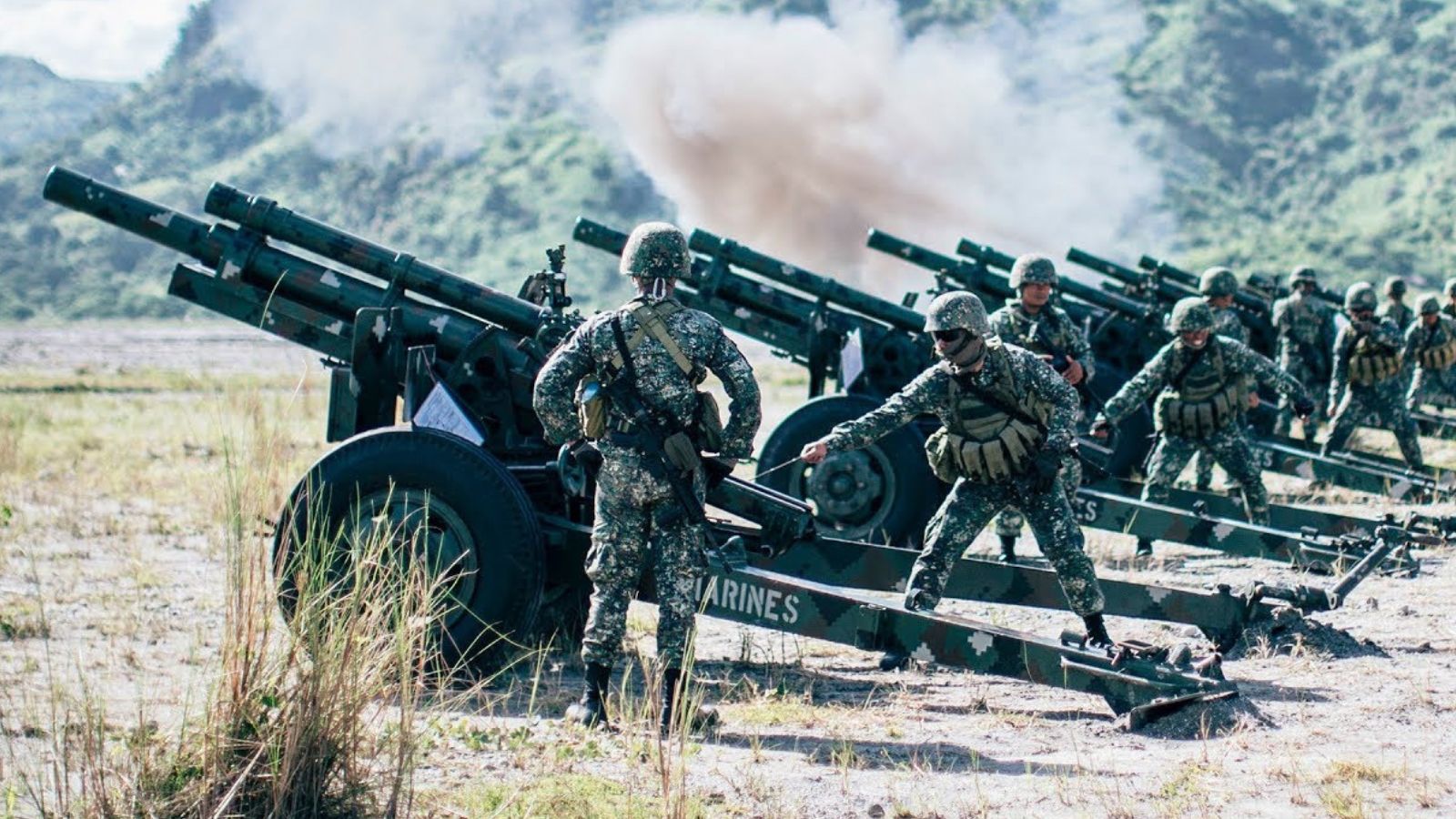
As it prepares for potential conflicts with near-peer adversaries like China and Russia, the Air Force is considering removing the iconic 105mm howitzer from the AC-130’s arsenal, a weapon that has been a mainstay for decades.
The Role of the AC-130 Gunship
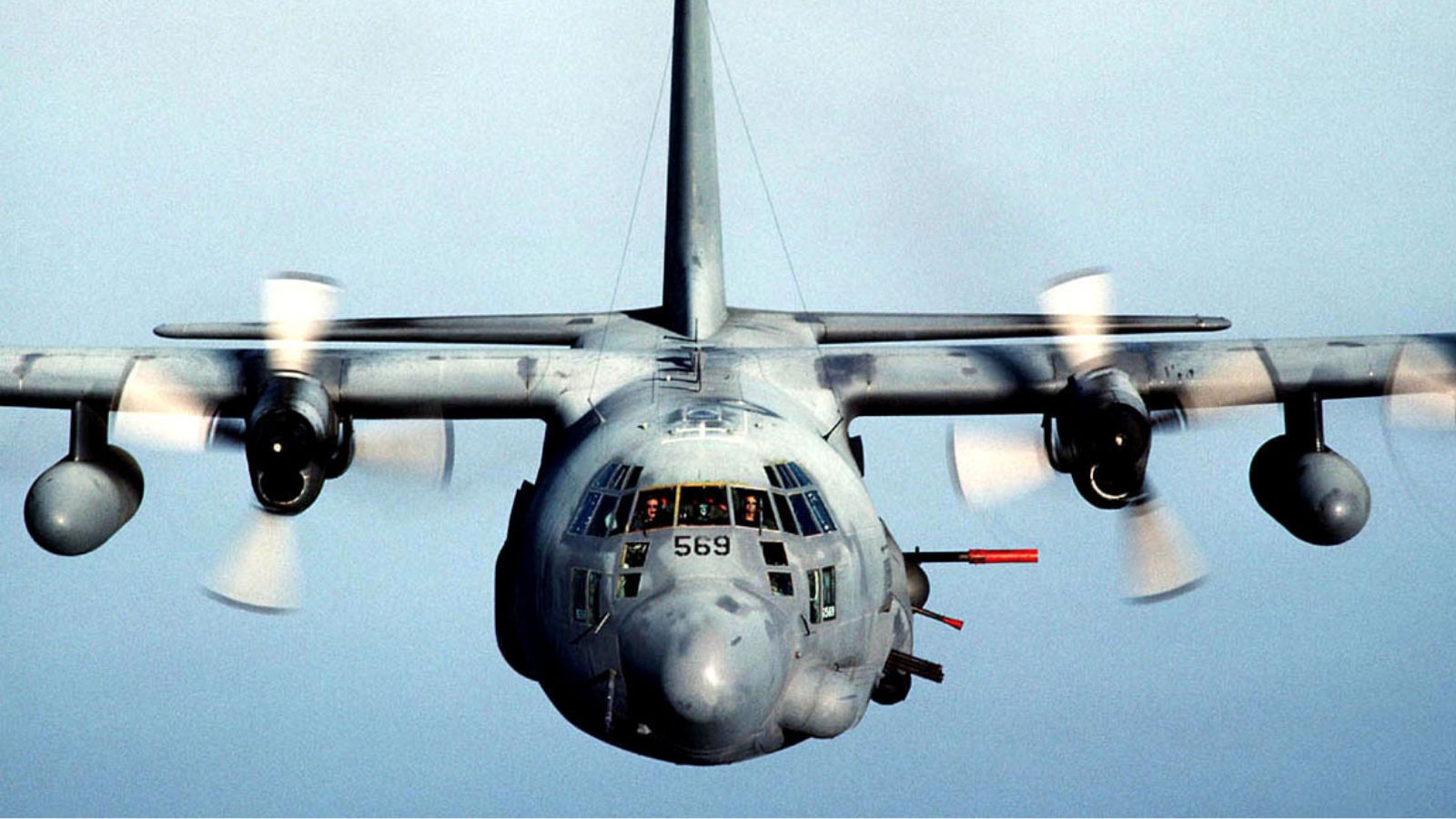
The AC-130 gunship has been providing crucial air support to ground forces for over five decades. The latest version, the AC-130J “Ghostrider,” was deployed in 2019. This aircraft is renowned for its ability to stay over the battlefield for extended periods, delivering precise and heavy firepower.
Read More: Federal Judge Rules Against Oregon Senators Seeking Reelection After Boycotting Session
A Vulnerable Asset
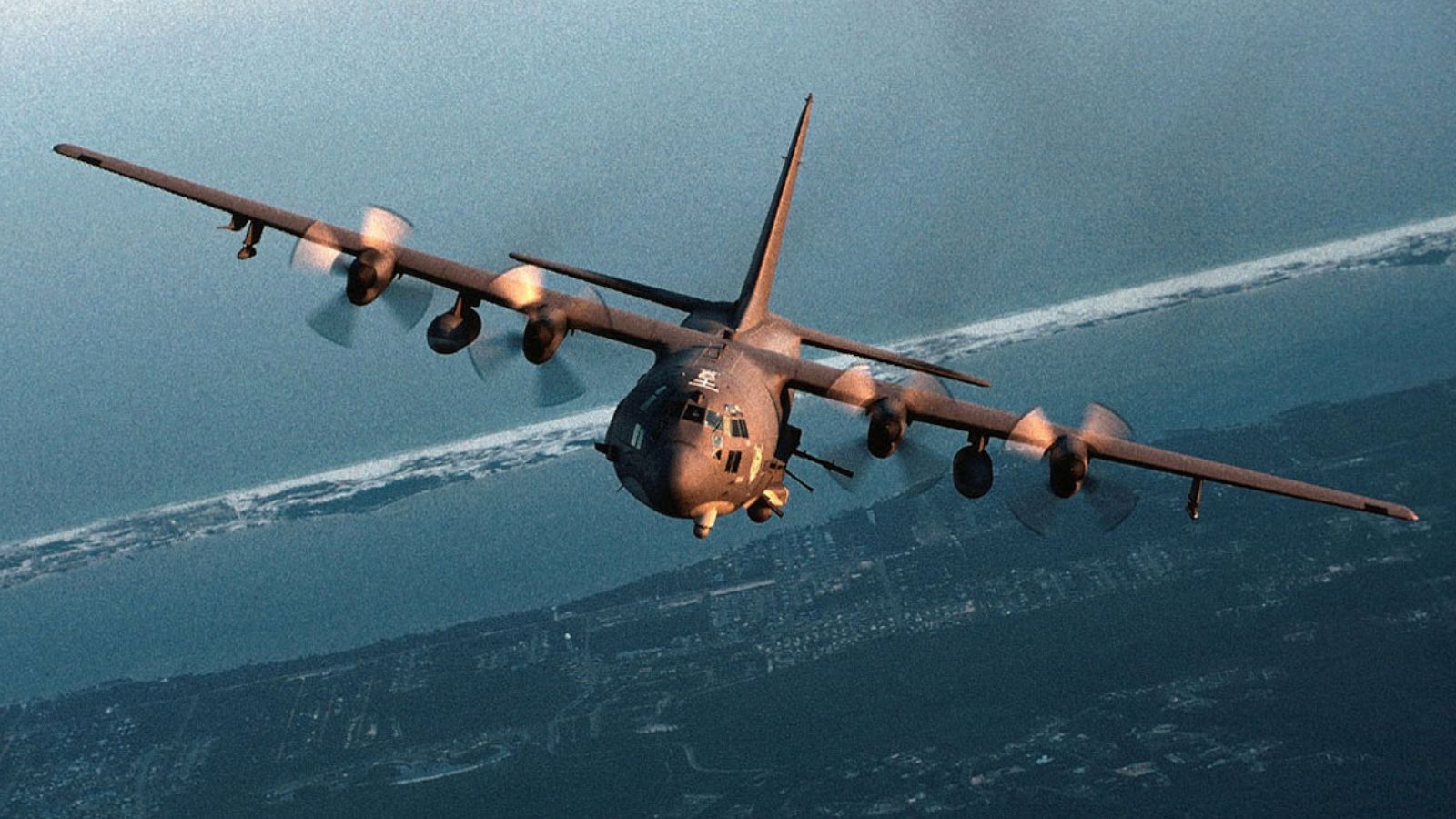
The AC-130’s capacity to operate at low altitudes and slow speeds makes it ideal for close-air-support missions. However, this characteristic also exposes the gunship to greater vulnerability from anti-aircraft threats.
The Rationale for Change

The discussion surrounding the removal of the 105mm gun is part of a broader effort to adapt US aircraft for conflicts in which adversaries contest or deny control of the air.
Alternatives Being Explored
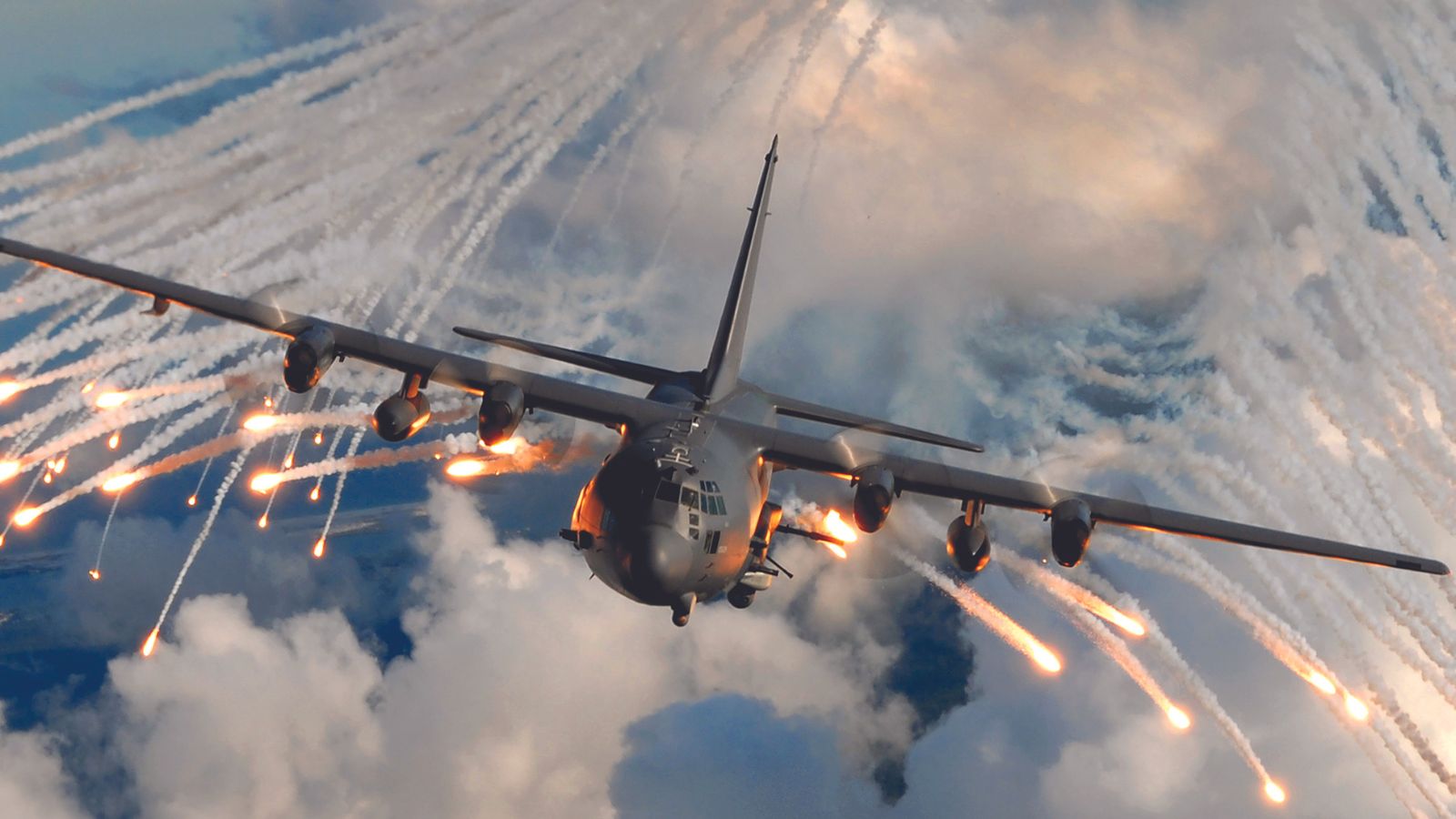
Air Force officials are exploring alternatives such as arming the AC-130 with cruise missiles for long-range strikes and equipping it with laser weapons.
Also Read: New Details Emerge on Planned March on Jan 6th And White House Involvement
Divisive Perspectives
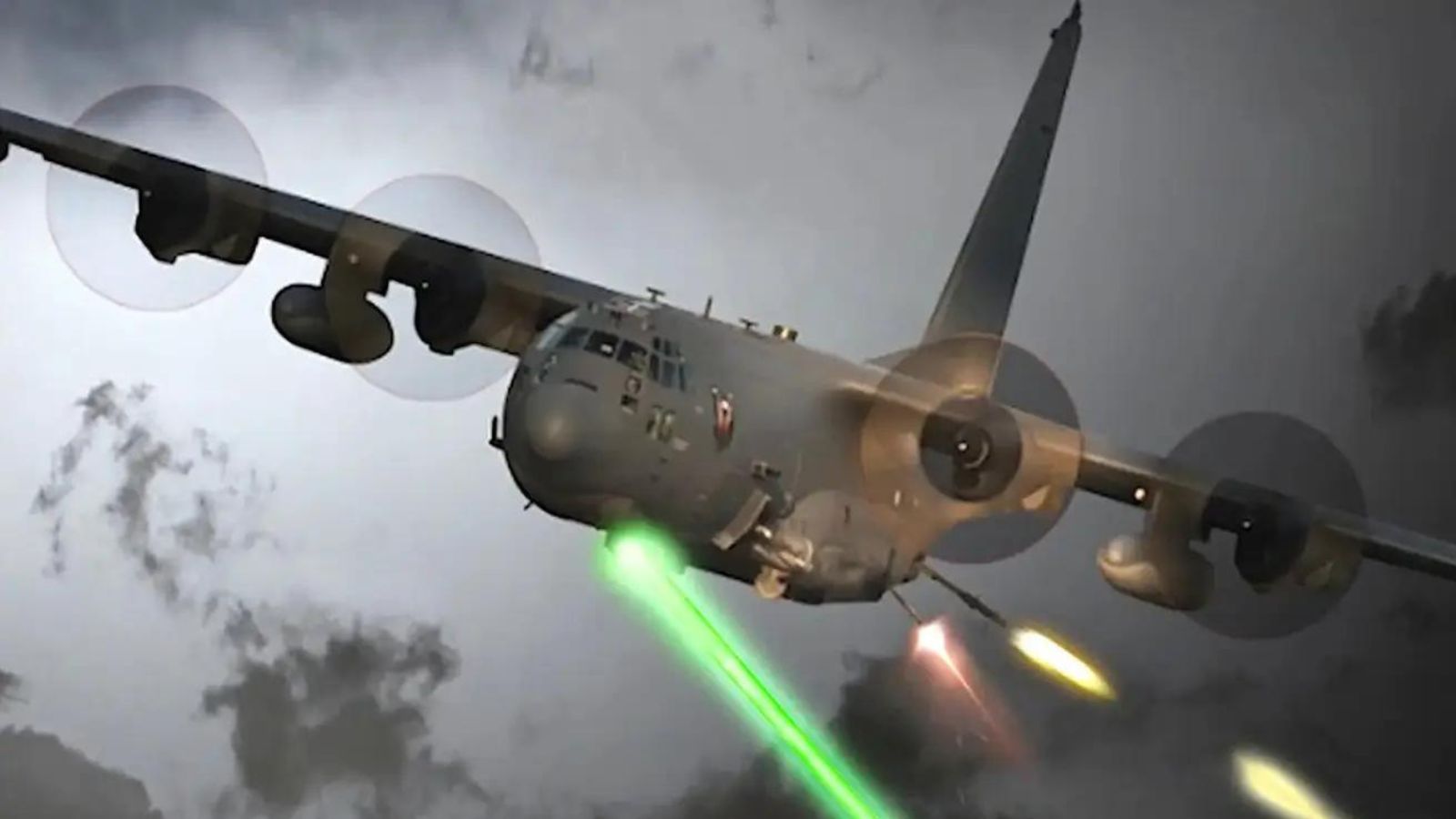
The proposal to remove the 105mm gun has generated mixed reactions. Some argue that such a move would enhance the AC-130’s adaptability and effectiveness in contested airspace. However, critics express concern that it may undermine the gunship’s core purpose and result in a less versatile platform.
Historical Effectiveness
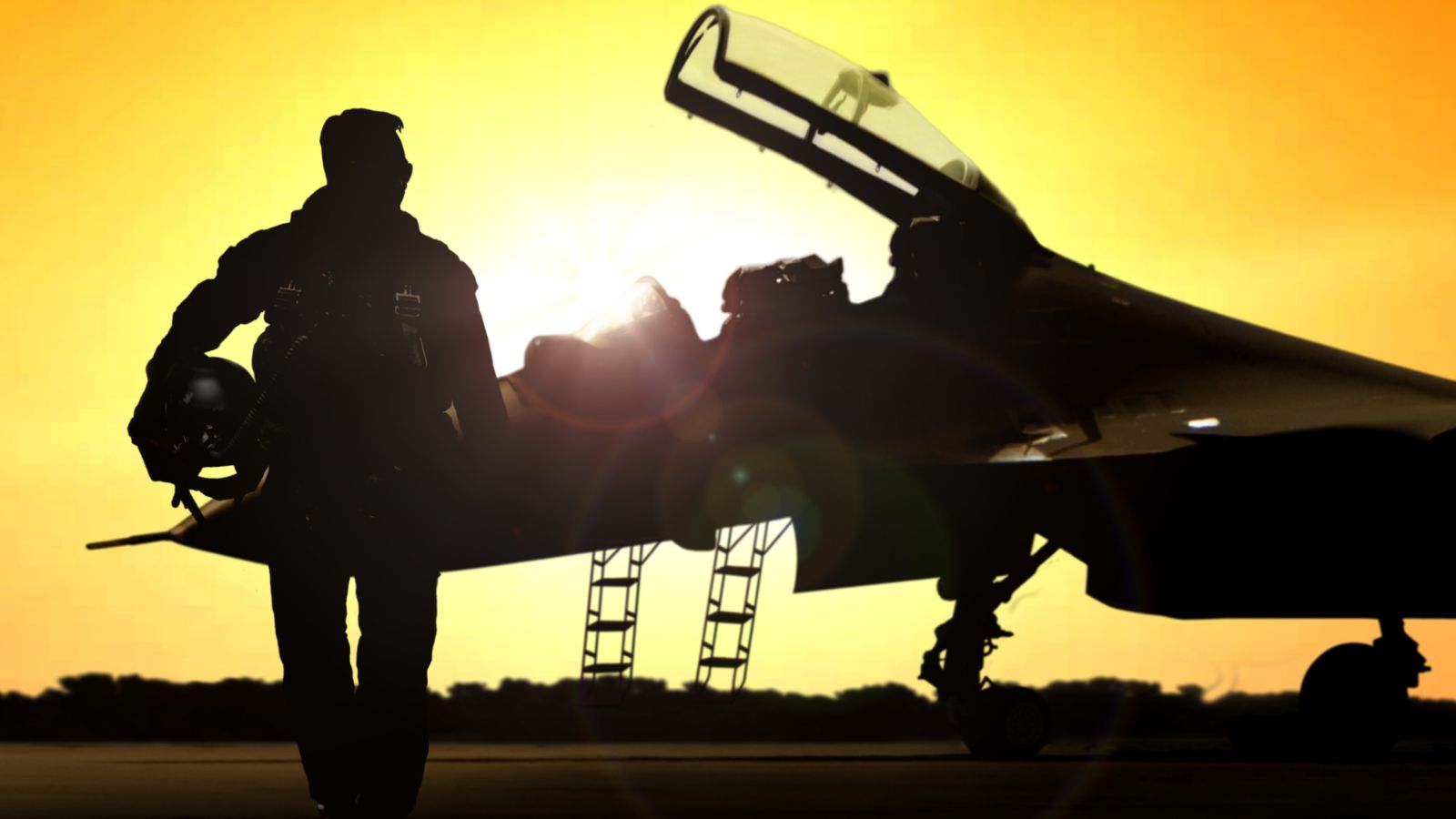
The 105mm gun has played a pivotal role in the AC-130’s success, proving highly effective when combined with the aircraft’s other cannons and machine guns. During the Vietnam War, AC-130 and its predecessor, the AC-47, were credited with destroying over 10,000 North Vietnamese and Viet Cong vehicles.
Adaptation with Stand-off Munitions
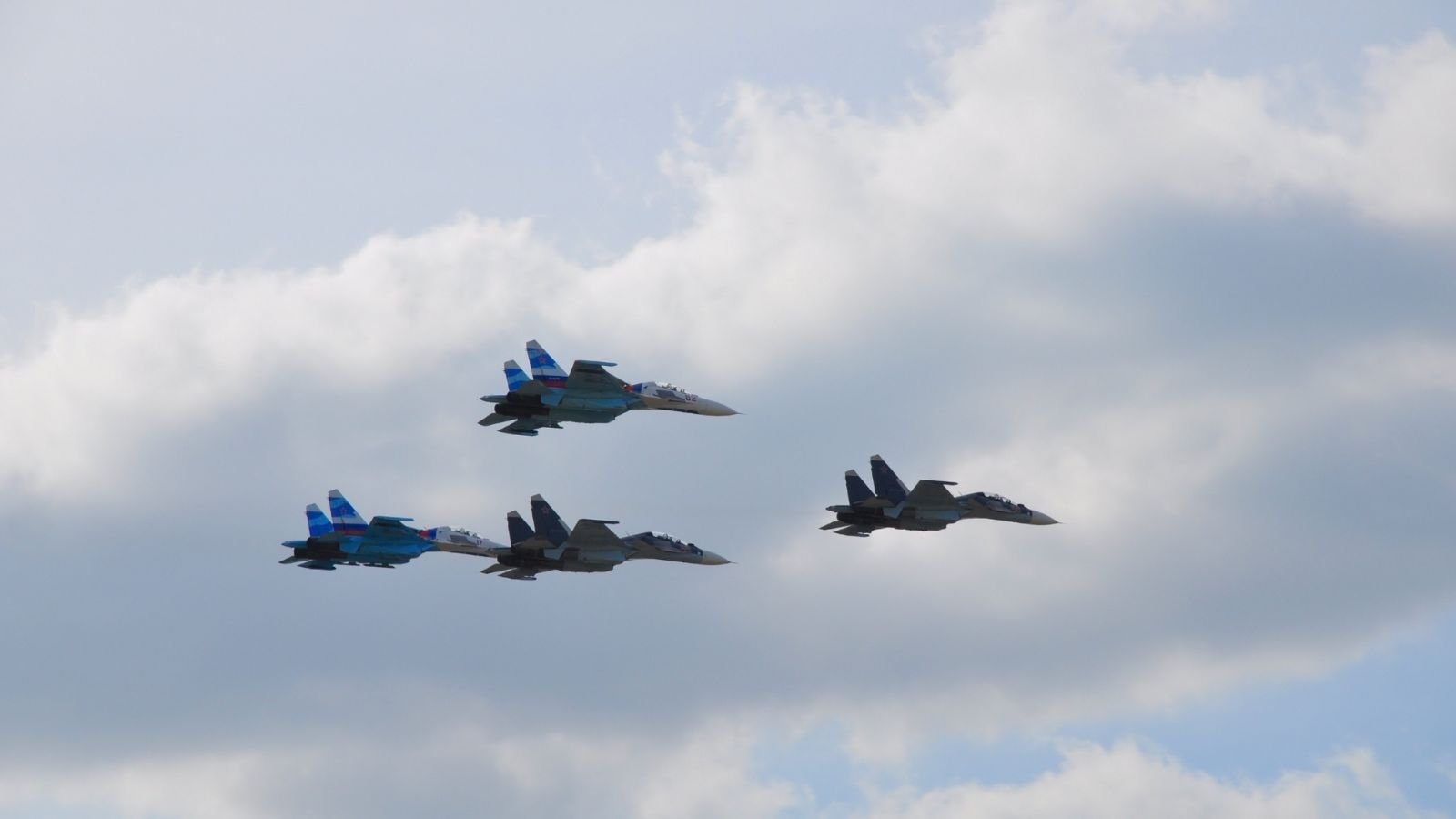
While the removal of the 105mm gun may compromise close air support capabilities, incorporating stand-off munitions like the GBU-39 Small Diameter Bomb and the AGM-114 Hellfire and AGM-176 Griffin missiles could expand the AC-130’s mission capabilities. This shift could make it more effective in air-to-air offensive or defensive scenarios.
Read More: Legal Woes Mount for Trump’s Co-Defendant As Attorney Quits Over Unpaid Fees
Broader Debate on Close Air Support
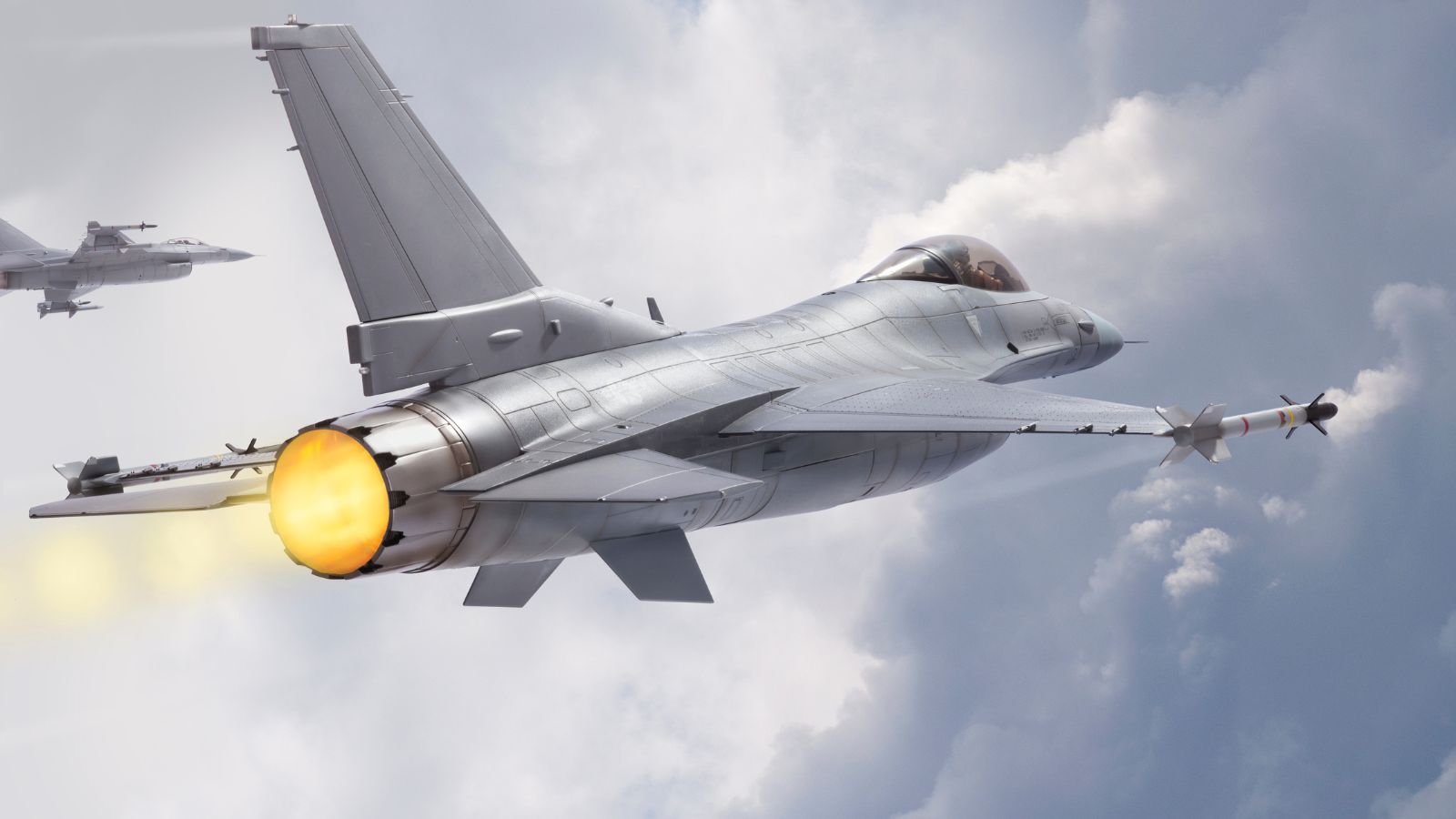
The reconsideration of the AC-130’s role is part of a larger discussion about the Air Force’s ability to provide close air support in contested airspace and the allocation of resources to this mission. This debate includes the potential retirement of the A-10 Thunderbolt and reductions in Tactical Air Control Party personnel.
Concerns from Ground Troops

Ground forces heavily depend on close air support for safety and effectiveness. Any changes to the capabilities of aircraft like the AC-130 can have significant implications for troops on the ground.
More From The Stock Dork – Astonishing Low Pass by MiG-29 Fighter Jet Caught on Video
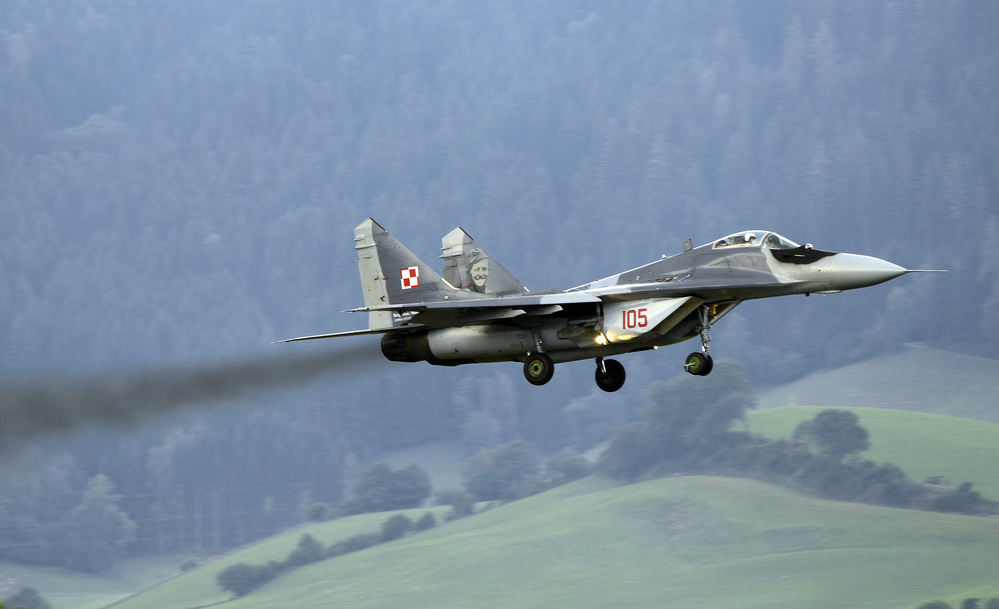
Astonishing Low Pass by MiG-29 Fighter Jet Caught on Video
More From The Stock Dork – Netherlands Set to Provide Ukraine with 18 F-16 Fighter Jets

Netherlands Set to Provide Ukraine with 18 F-16 Fighter Jets
More From The Stock Dork – Ukrainian Armed Forces Neutralize Russian Su-34 Jets

Ukrainian Armed Forces Neutralize Russian Su-34 Jets
More From The Stock Dork – Ukraine Boosts Air Defense with F-16 Jets Amid Russian Conflict

Ukraine Boosts Air Defense with F-16 Jets Amid Russian Conflict
More From The Stock Dork – Tech Boost: Biden Administration Funds New Hampshire Chip Plant for Military Jets

Tech Boost: Biden Administration Funds New Hampshire Chip Plant for Military Jets

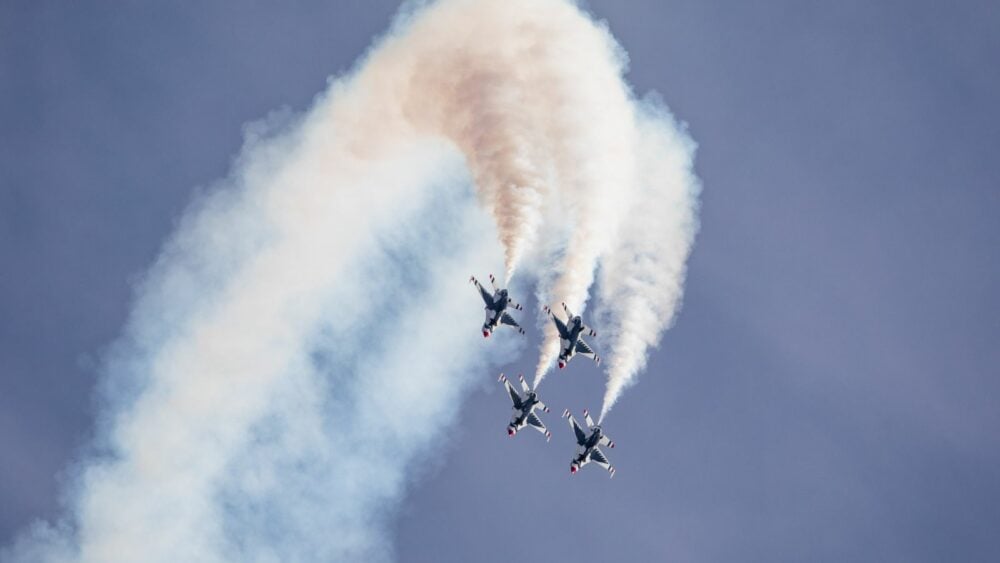
 Tags:
Tags:










